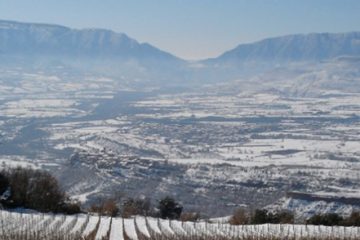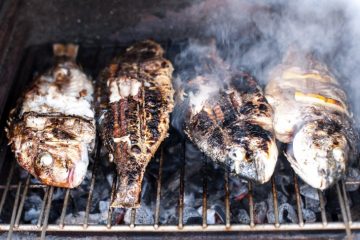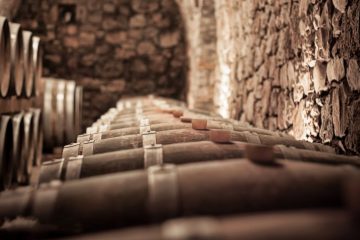We have just received at INVINIC the new vintages of the best Artadi.
The Artadi Wines:
- Pagos Viejos 2010, a classic among classics. (95 points in the Peñín Guide)
- Viña el Pisón 2010, the flagship of Artadi and one of the few spanish wines, which are recognized with 100 points by Parker (in this case the vintage 2004). (96 points Peñín Guide).
- Valdeginés 2010, “estate wine”, morning sun, fresh fruit, liqueur-like (95 points in the Peñín Guide)
- El Carretil 2010, the grape comes from a 5.3-hectare plantation, possibly the best “estate wine” from Artadi (98 points in the Peñín Guide).
- La Poza 2010, afternoon sun, bulky, powerful and with more tannins than the Valdeginés. (96 points in the Peñín Guide)
- Artadi Tempranillo 2010, wine with good price-performance ratio, the younger brother of Viñas de Gain, as it comes from the same vineyards. Good fruit, balanced with wood, good resistance.
Observation regarding the rating points, Parker has not published yet his valuation for vintage 2010.
Vineyard Profile:
Artadi (Cosecheros Alaveses-Artadi) is a relatively new winery. Although it is a community of winemakers from Alava, the project’s driving force is the respected wine expert Juan Carlos Lopez de la Calle.
Thanks to his excellent work, it has been possible to improve upon the classic Rioja by developing the site’s wines using modern methods to produce elegant, very home-related bottles full of nuance. The project sets an example to all other wine experts.
The Terroir (or What Makes This Wine Unique)
- The soil is a limestone/clay mix – a fantastic blend;
- Annual rainfall is 750 – 1250 mm/year, or temperate rather than dry;
- The vineyards are in the lofty mountains;
- Normal temperatures range from 8.2 to 19.1 degrees C.
The Artadi vineyard takes up a sprawling 83 hectares. The chalky, limestone soil is the ideal match for the tempranillo grape, which helps the vines to grow well, but as there is also clay in the soil, the vines do not suffer from conditions like ‘chlorosis’. Overall, there are just enough nutrients for the vines to survive, whilst stressing the vines enough to create delicious, robust fruit.
Also, Artadi is situated in a mountainous region. As a result, the vines have cool nights which allow the grapes to ripen without losing acidity or fresh fruit aromas.
The vineyard benefits from a reasonable amount of rainfall. There is enough rain for the vines to create the sugars needed for aromas and tannins, and there isn’t such a deluge of water that sugars in the grapes are diluted. In a good year, the wines will be very characterful. However being not too far from the coast means the vineyard is in a marginal location for growing consistently good grapes, and yearly fluctuations in rain can be bad for the wine. Yet 2010 was one of the good years. (Of course it was a good year – Spain won the World Cup).
From our side we would like to congratulate Artadi in general, and especially Juan Carlos, for this excellent work.
If you want to know more about the red wines of Spain, you can download our free red wine guide:
[cta_generico id=2595]


